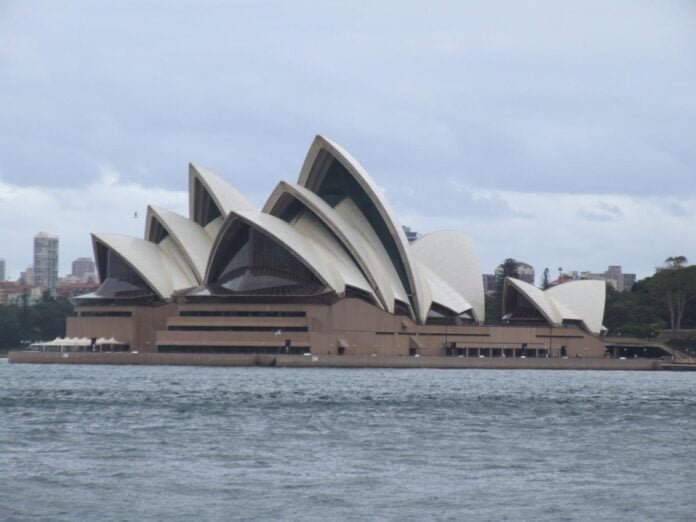The dream of owning a home in Australia’s major cities is becoming increasingly unattainable for middle-income earners. According to a recent study by the Chapman University Frontier Centre for Public Policy, Australia ranks as the second least affordable housing market globally, with nearly all of its major capitals falling into the category of ‘severely unaffordable’ or worse.
Australian Capitals Among the World’s Least Affordable
The Demographia International Housing Affordability Report, which evaluates housing markets in 94 cities across eight countries, revealed that Sydney, Melbourne, Adelaide, Brisbane, and Perth are all in the top 25% least affordable markets. The report uses a metric called the “median multiple,” a ratio of median house prices to median incomes, to compare affordability across different markets. Shockingly, Sydney is ranked as the second least affordable major property market in the world, with a median multiple of 13.8.
A Crisis Driven by Policy and Demand
The study identifies restrictive land use policies as a principal driver of the housing affordability crisis. These policies limit the expansion of urban areas and artificially constrain the housing supply, driving up land prices. The crisis is further exacerbated by the increasing demand for housing that outpaces supply. The Australian Bureau of Statistics reports that 210,800 new dwellings are built annually, but experts argue that this number needs to rise to approximately 240,000 to meet the demand.
A Bleak Future for Middle-Income Buyers
For the first time in the report’s 20-year history, a new category, ‘impossibly unaffordable,’ has been introduced to describe markets with a median multiple of 9.0 or higher. Many Australian cities fall into this category, making home ownership nearly impossible for middle-income families. Analysts estimate that these households need to allocate around 60% of their gross income to afford a median-priced property.
Lessons from Singapore
In stark contrast, Singapore’s housing market offers a glimmer of hope. The city-state successfully transformed from a housing crisis in the 1960s to one of the most affordable markets today. This was achieved through proactive government policies and the establishment of the Housing and Development Board (HDB), which enabled lower-middle-income citizens to own their homes. Over 90% of Singaporean citizens now own their homes, a testament to the effectiveness of these policies.
The Path Forward
To address the housing affordability crisis, Australia must consider revising its urban planning policies to free up land for development and increase the housing supply. Learning from Singapore’s success, the government should adopt policies that promote affordable home ownership for all income groups. This approach will ensure that the dream of owning a home remains achievable for future generations.
Further Reading




